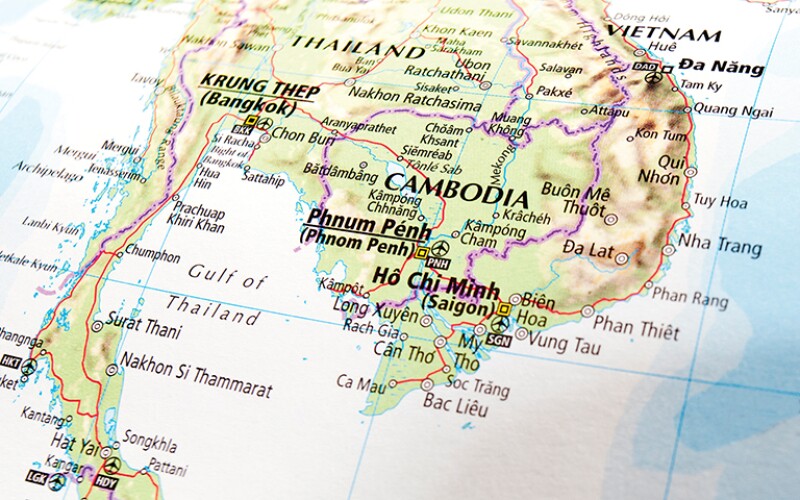A Cambodian concession has commenced production after years of delays in a venture between Singapore’s KrisEnergy and the government. The crude comes from oil fields in Block A, comprising 3083 km2 of the Khmer basin in the oil-rich Gulf of Thailand, off the southwestern coast of Sihanoukville.
The concession will progress in phases once new wells are commissioned and completed.
Kelvin Tang, chief executive of KrisEnergy’s Cambodian operations, called the 29 December event “an important strategic milestone” for the company, while Prime Minister Hun Sen hailed the first extraction as “a new achievement for Cambodia’s economy” and “a huge gift for our nation.”
When Chevron found oil in the block in 2004, the kingdom was hailed as the region’s next potential petrostate; the government estimated hundreds of millions of barrels of crude beneath its waters.
The US giant, however, failed to strike a revenue-sharing agreement with Cambodia, which has a 5% stake in the venture along with KrisEnergy, which purchased Chevron’s operating interest in Block A for $65 million.
Cambodia had struggled for years to develop its oil fields and could not attract investors, especially following a global oil price slump in 2014, the year KrisEnergy came onboard. Three years later, Cambodia and KrisEnergy signed a pact to develop Block A.
Development will proceed in phases, allowing time to mitigate risks as well as collect and assess data, because the production performance of the basin is unproven.
KrisEnergy forecasts peak production of 7,500 B/D from five development wells planned to be drilled and commissioned for its Phase 1A development.
While production will be modest compared with Cambodia’s oil-producing neighbors Vietnam and Thailand, the revenues could be significant for the government. In 2017, it projected $500 million in royalties and taxes from the first phase alone.

